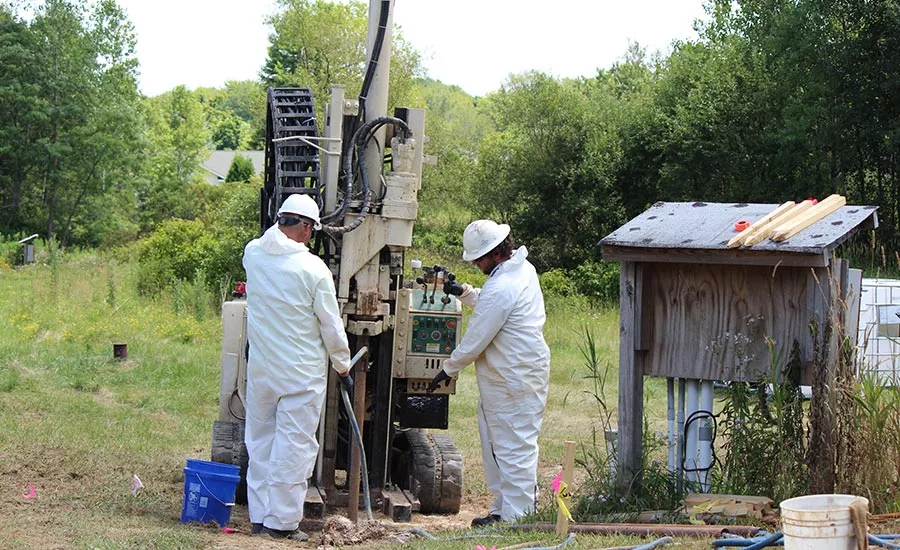Tips for Drill Crew Performance Reviews
Feedback, Communication Can Help with Retention

Whether you work in environmental, geothermal or water, construction trades like drilling can have high turnover. Regular performance reviews, where supervisors both offer and receive feedback, can help companies keep their best talent.
Source: Getty Images
It’s difficult to lose employees, whether they’re leaving your company or leaving the environmental services industry altogether. One of the crucial ways you can prevent losing good employees is to conduct performance reviews. This not only helps your organization keep employees involved and productive, but it can pay dividends toward employee retention.
Goal Setting
Setting goals is crucial for onboarding new employees, but is just as important for existing ones. Goal setting involves more than just annual reviews. It’s important to meet with existing employees regularly — at least every six months — to discuss the goals they’ve agreed to and the progress they’ve made toward reaching them.
Now, why is goal setting important for retention? Employees want to know how they are performing in comparison to their professional goals. They want feedback and the opportunity to adjust accordingly. Otherwise, they may not feel aligned with overall company objectives or like they’ve been adequately prepared to succeed. Communicating goals and defining how progress will be measured gives employees a foundation for doing well in their roles. This is critical because, statistically speaking, the employees who feel most connected to their company and empowered to succeed are likeliest to be satisfied with their job and stay in it longer.
Ongoing Communication
Continuous communication with employees about their goals, expectations and progress is the next component of the performance review process. This can happen monthly or quarterly, and can be as formal or informal as you prefer.
Listen for opportunities to make their work experience a better one — catch their pain points and let them know when you can address them. It will demonstrate your company’s dedication toward them, and inspire loyalty in return.
These meetings shouldn’t be rushed. Take the time to listen to your employees and be mindful of potential problems or issues that could be discouraging them. Even more importantly, pay attention to those things that may be causing your employees to look for a job elsewhere.
Listen for opportunities to make their work experience a better one — catch their pain points and let them know when you can address them. It will demonstrate your company’s dedication toward them, and inspire loyalty in return.
360-Degree Feedback
Another way you can use the performance review process to facilitate retention is to implement a form of 360-degree feedback. If you haven’t used a program like this before, 360-degree feedback is intended to give employees an opportunity to share feedback about co-workers, managers and themselves.
A performance feedback method that facilitates top-down and bottom-up communication is more likely to be well received by employees. It allows managers to give feedback on performance, but also empowers employees to share their perspective on things like the teamwork of the group, leadership directives or other initiatives in the workplace. Encouraging this type of open communication shows you care about their insights.
With a few small tweaks to your performance review process, you may be able to improve your retention rates. Setting clear and measurable goals, communicating frequently, and listening to feedback facilitates a two-way performance discussion that can build trust and more committed employees.Looking for a reprint of this article?
From high-res PDFs to custom plaques, order your copy today!






